We have another new print in our Etsy Shop, “ManCaveCarArt”, as recently seen in my latest Corvsport article.
1980 C3 Corvette 12″ x 18″ or 16″ x 24″ Canvas Poster –-> CLICK HERE!

1980 C3 Corvette 12″ x 18″ or 16″ x 24″ Canvas Wrap –> CLICK HERE

![]()
Greetings,
Scott Teeters here. Last year I started writing and creating graphics for the new online Corvette magazine, “Corvsport”.
My latest Corvesport project is a series of six stories highlighting interesting Corvettes from the C2 1965-1967 L79 327/350 4-speed Corvettes to the C6 2008-2013 Z51 Corvettes.
The second of the six stories covers the 1980 Corvette. This is a Corvette with unique possibilities.
Corvette engineers trimmed a lot of weight off the car, also, the car’s engine is still old school. There’s a lot that can be done to free up power with just what came stock with the car. Or, a 383 stroker crate engine and a Tremic 5 or 6-speed transmission! This can create a street machine that’s quick and can loaf along at highway speeds are low rpms.
Next up in the series, I will cover the 1996 350/330 LT4, six-speed Corvette.
This is arguably THE most underrated C4 Corvette. It will cost a little more than any of the other year C4s, but the car represents the “finished” C4. The 350/330 LT4 with the most powerful classic Chevy small-block ever offered that can easily deliver late 60s-like performance.
In 2024 it is easy to spend over $100,000 for a new C8. But you don’t have to break the bank for a cool performance Corvette. It might not be a stump-puller, low E.T., top-speed machine, but will be a fun street machine.
For each installment of the CorveSport series, I create unique layouts that are made available as 12” x 18” and 16” x 24” canvas posters and canvas wraps. The canvas posters are delivered in a stiff mailing tube. The canvas wraps are ready to hang on your wall and are well-packed in a poly-bag and flat box.
The prints are available in our Etsy store.
We have been online with Etsy since 2017, have over 1,500 prints and other car items, and we are Etsy Star Sellers.
As new print layouts are created I will let you know when the prints are available.
We hope you enjoy the new series of stories and graphics. You can subscribe to Corvsport HERE!
Until next time. – Scott

PS – We invite you to visit our Car Art shop on Etsy, ManCaveCarArt as well as our sister Etsy shop, Car Guy Merch. We have over 800 Car Guy & Gal shirts, jackets, coffee mugs, flags, handbags, parking signs, and more featuring all kinds of cars, not just Corvettes. CLICK HERE!
PSS – Here are a few 1980 Corvette stories on this site…. HERE!
![]()
You can subscribe to Corvsport HERE!
![]()


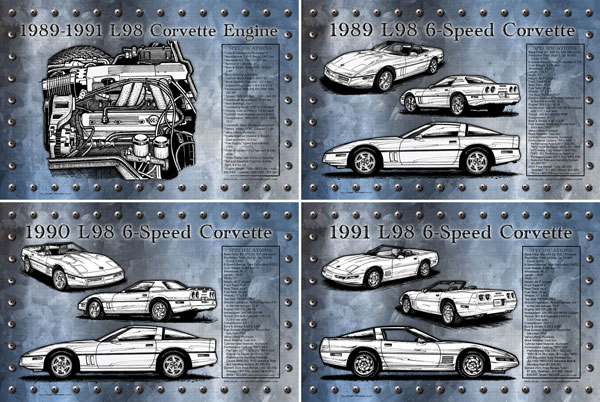
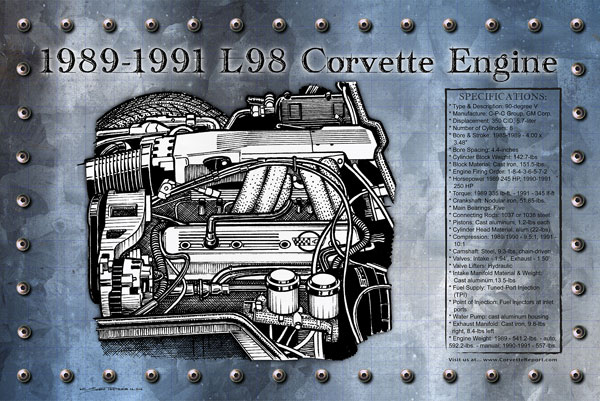
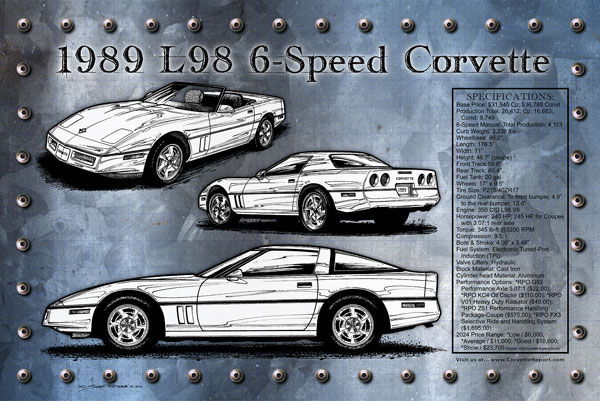
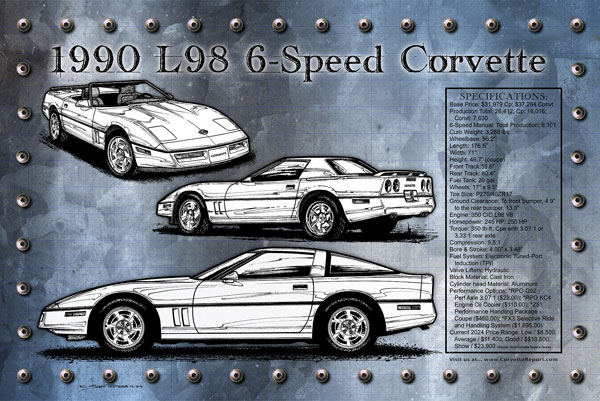
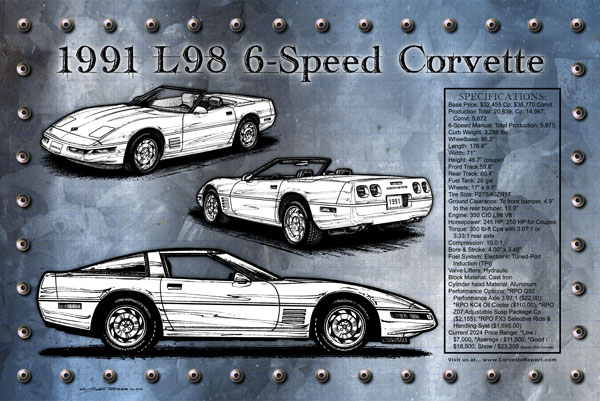
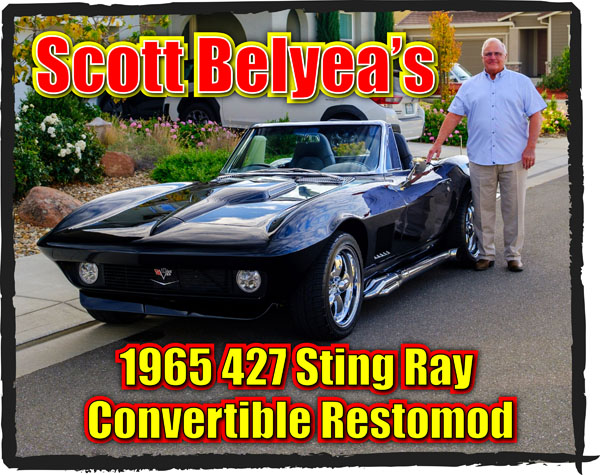
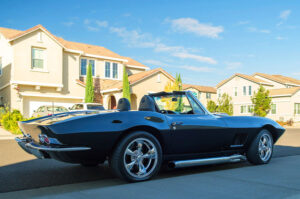
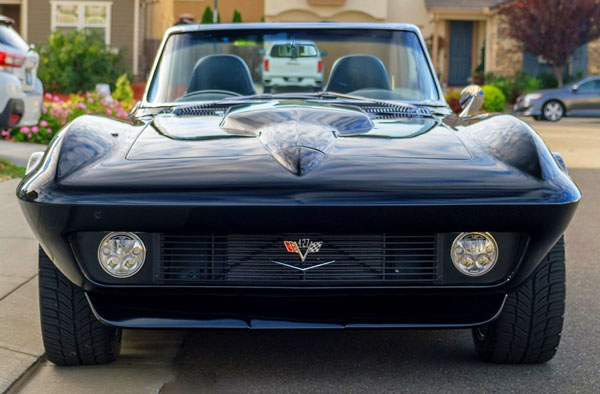
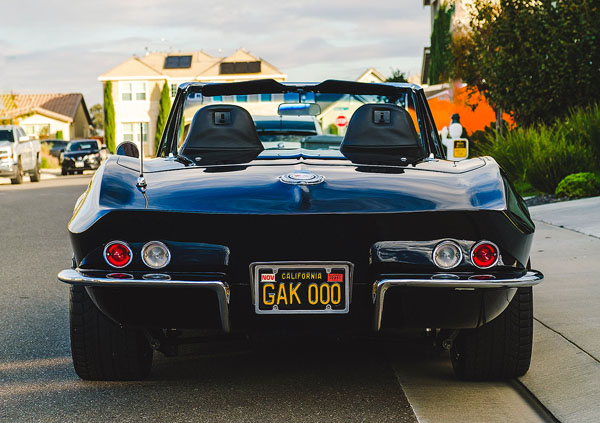 A prototype
A prototype 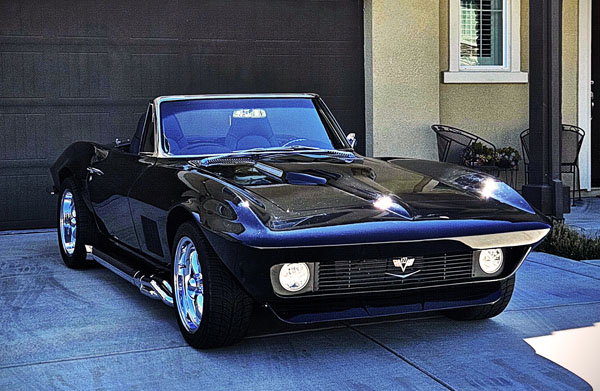
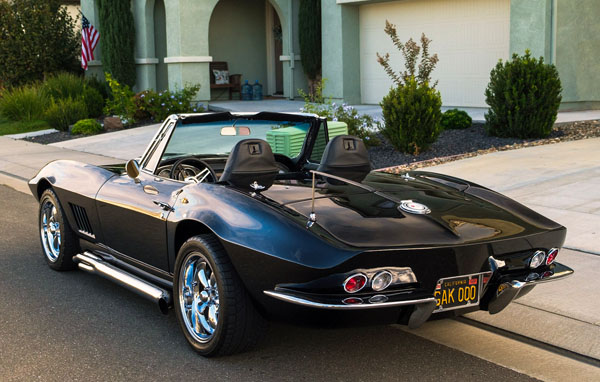 The expression,
The expression,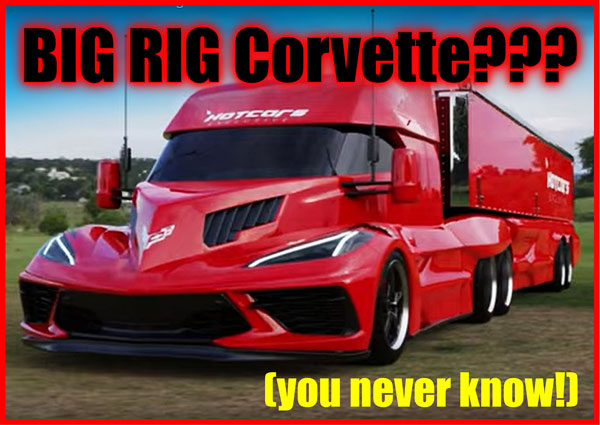
 The big speculation was patterned after how Porsche has leveraged their racing brands into other configurations. The “other” Porsches haven’t diminished Porsche’s sports car line, so why not use a similar template for Corvette?
The big speculation was patterned after how Porsche has leveraged their racing brands into other configurations. The “other” Porsches haven’t diminished Porsche’s sports car line, so why not use a similar template for Corvette?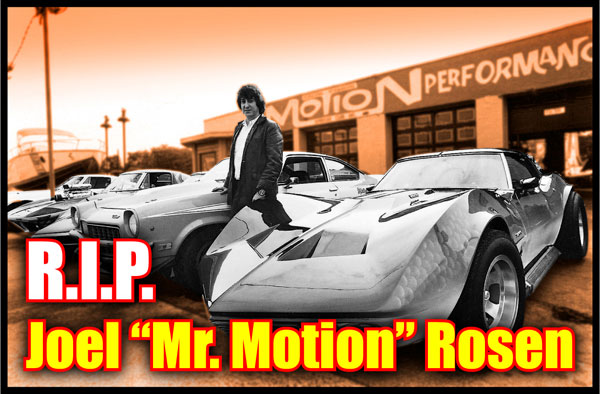

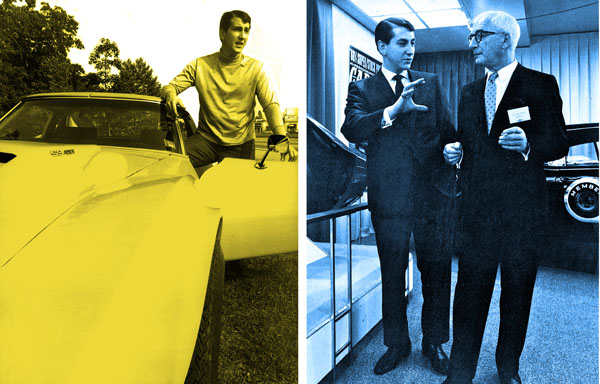
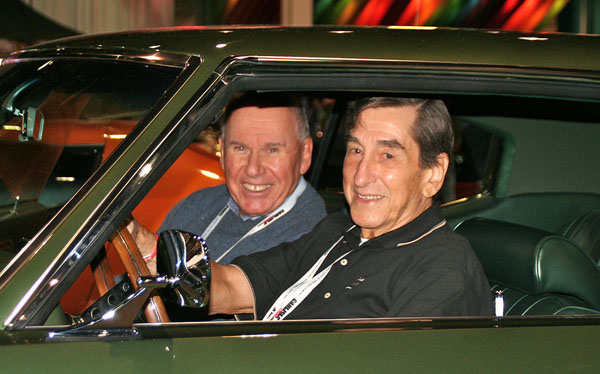
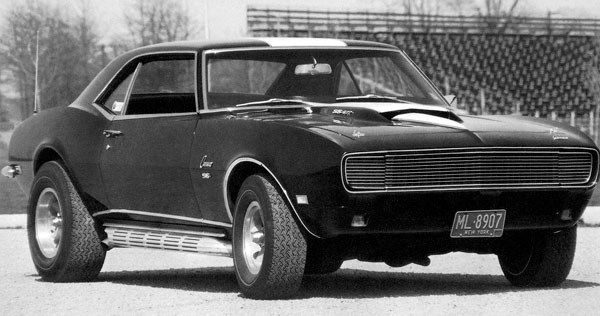
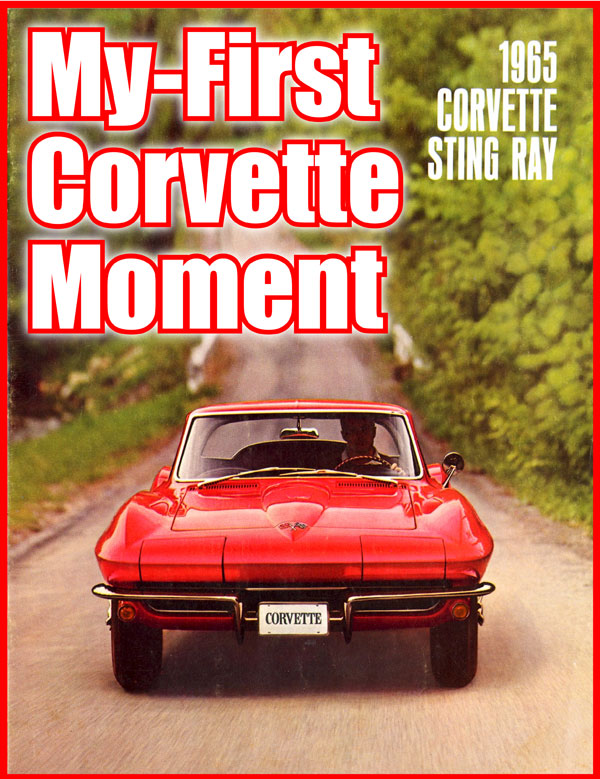
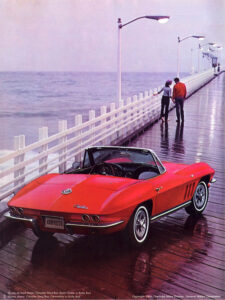 The special “it” quality of Corvettes is ephemeral and hard to define in a way that “makes sense”. New Corvettes have always been expensive. Some old Corvettes were notoriously undependable. For most people, Corvettes are not comfortable cars. And Corvettes are not terribly “useful” cars.
The special “it” quality of Corvettes is ephemeral and hard to define in a way that “makes sense”. New Corvettes have always been expensive. Some old Corvettes were notoriously undependable. For most people, Corvettes are not comfortable cars. And Corvettes are not terribly “useful” cars. 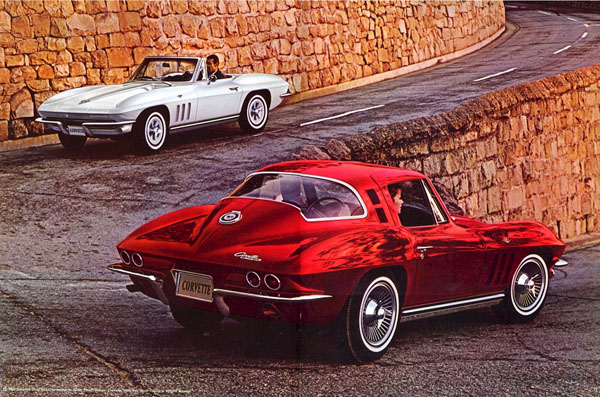 When I was ten, my mother took me to the
When I was ten, my mother took me to the 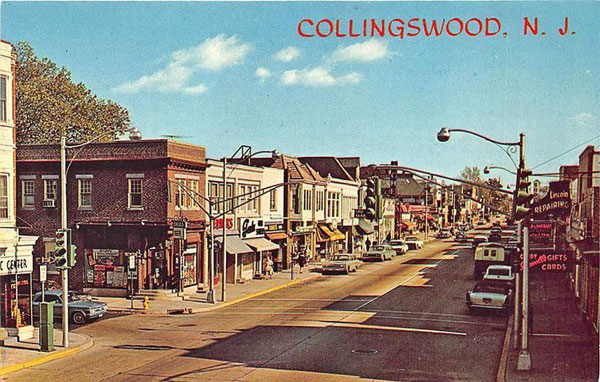 Then someone gave me a stack of car magazines. I didn’t know much about cars, but I began to get familiar with the different brands. My brother Bob is seven years older than me, but his first car wasn’t ever interesting; a 1959 Rambler. But when he got a 1957 Bel Air, even I could see, that was a cool car.
Then someone gave me a stack of car magazines. I didn’t know much about cars, but I began to get familiar with the different brands. My brother Bob is seven years older than me, but his first car wasn’t ever interesting; a 1959 Rambler. But when he got a 1957 Bel Air, even I could see, that was a cool car. 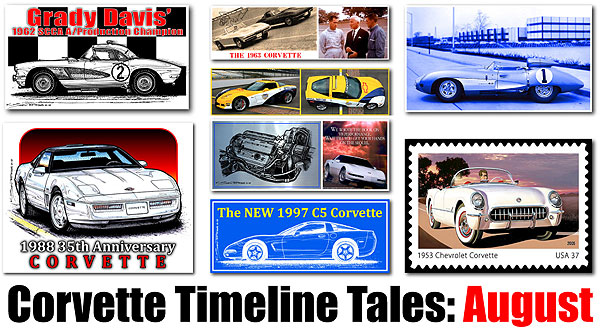
 2006 marked the 13
2006 marked the 13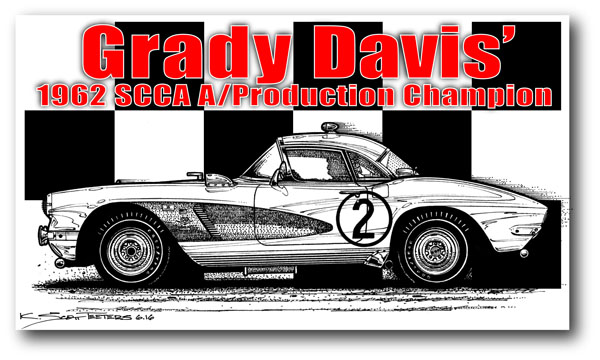 It is mind-boggling how many early Corvettes were either ordered from the factory with the full-compliment of racer parts, unofficially known as “Duntov’s Racer Kits”, and/or, were built using the Racer Kit parts that were bolted on a Fuelie or dual-quad Corvette. Of course, just having the parts on the car, either factory or customer installed, didn’t instantly create a turn-key racecar – the cars had to be prepared for racing. Preparation and not over-building the engine, so it wouldn’t grenade, is also essential. The larger displacement 327 small-block used in the 1962 Corvette was enough to put the car into the A/Production class, whereas Grady Davis’ 1961 Corvette used a 283 Fuelie was in B/Production class.
It is mind-boggling how many early Corvettes were either ordered from the factory with the full-compliment of racer parts, unofficially known as “Duntov’s Racer Kits”, and/or, were built using the Racer Kit parts that were bolted on a Fuelie or dual-quad Corvette. Of course, just having the parts on the car, either factory or customer installed, didn’t instantly create a turn-key racecar – the cars had to be prepared for racing. Preparation and not over-building the engine, so it wouldn’t grenade, is also essential. The larger displacement 327 small-block used in the 1962 Corvette was enough to put the car into the A/Production class, whereas Grady Davis’ 1961 Corvette used a 283 Fuelie was in B/Production class. 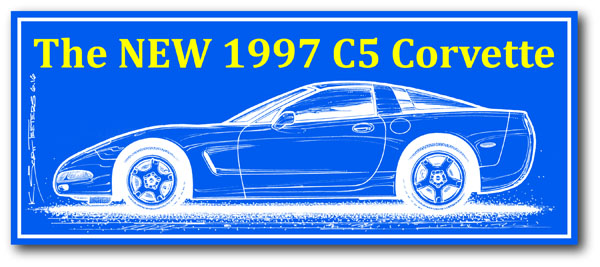
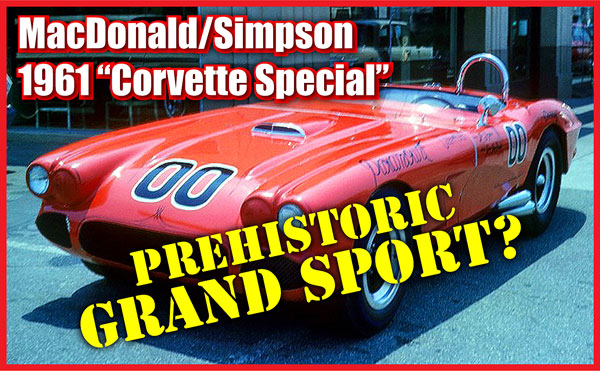
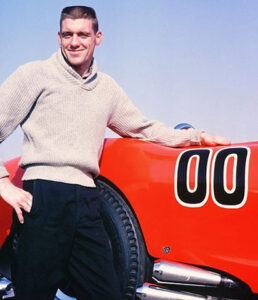 MacDonald was the classic American hero; Hollywood good looks, a family man, a gentleman, understated, humble, yet a hard-charging competitor on the race track. He loved America’s sports car but could take almost any kind of race car to the winner’s circle. MacDonald had the admiration and respect of his peers, as well as support from powerful men in racing.
MacDonald was the classic American hero; Hollywood good looks, a family man, a gentleman, understated, humble, yet a hard-charging competitor on the race track. He loved America’s sports car but could take almost any kind of race car to the winner’s circle. MacDonald had the admiration and respect of his peers, as well as support from powerful men in racing. 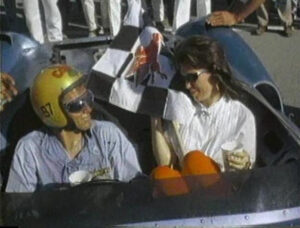 Like many young men of his day, Dave married his sweetheart. MacDonald first saw Sherry Gravett when she was in the lead of her high school play. The pair talked on the phone for two months before she finally met her future husband. Two months after Sherry graduated, the couple were married and started their life together. Dave had a good job at the local Chevy dealer and was able to afford a new Corvette every few years. Dave was still into drag racing, but Corvettes have that “handling thing” that inspires many to go around corners, FAST. But, that’s what Corvettes are designed to do.
Like many young men of his day, Dave married his sweetheart. MacDonald first saw Sherry Gravett when she was in the lead of her high school play. The pair talked on the phone for two months before she finally met her future husband. Two months after Sherry graduated, the couple were married and started their life together. Dave had a good job at the local Chevy dealer and was able to afford a new Corvette every few years. Dave was still into drag racing, but Corvettes have that “handling thing” that inspires many to go around corners, FAST. But, that’s what Corvettes are designed to do. 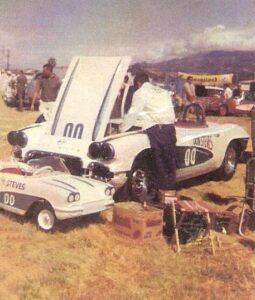 MacDonald struck up a friendship with car salesman Jim Simpson, who soon became MacDonald’s racing partner/sponsor. At Willow Springs in February 1960, MacDonald began his professional racing career. In the first year, the team entered 15 races, finished 1st place three times, 2nd place three times, and 3rd place four times. In his first year, Dave never finished lower than 4th place. 1961 proved to be MacDonald’s breakout year. In 20 events, Dave took 1st place 13 times and 2nd place three times. MacDonald won the first seven races of the season and went on to dominate the season.
MacDonald struck up a friendship with car salesman Jim Simpson, who soon became MacDonald’s racing partner/sponsor. At Willow Springs in February 1960, MacDonald began his professional racing career. In the first year, the team entered 15 races, finished 1st place three times, 2nd place three times, and 3rd place four times. In his first year, Dave never finished lower than 4th place. 1961 proved to be MacDonald’s breakout year. In 20 events, Dave took 1st place 13 times and 2nd place three times. MacDonald won the first seven races of the season and went on to dominate the season.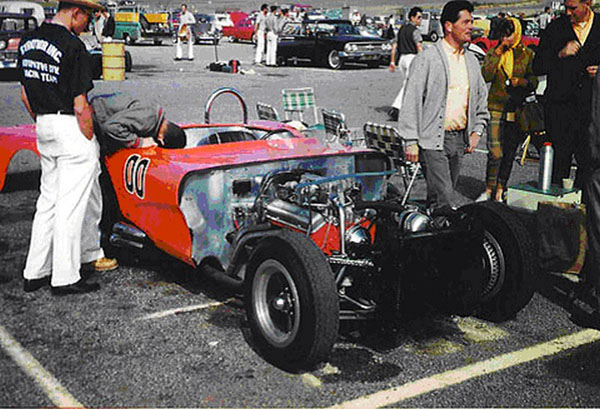 Max and Ida Balchowsky had made quite a name for themselves with their “Old Yeller” racers. Shelby drove
Max and Ida Balchowsky had made quite a name for themselves with their “Old Yeller” racers. Shelby drove 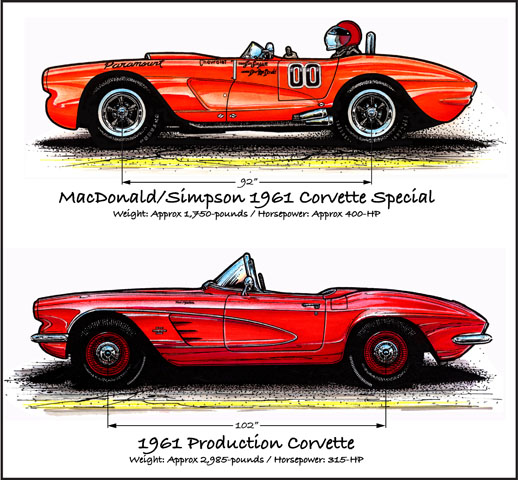 While Corvettes look small today, back in the ‘50s and ‘60s, they were huge compared to other sports cars. Max and Ida built the chassis and MacDonald and Simpson made the Corvette body to fit. There were no companies making fiberglass replica bodies in those days, so Simpson “borrowed for the weekend” a new ‘61 Corvette from Sorenson Chevrolet to make molds to make a Corvette-like body.
While Corvettes look small today, back in the ‘50s and ‘60s, they were huge compared to other sports cars. Max and Ida built the chassis and MacDonald and Simpson made the Corvette body to fit. There were no companies making fiberglass replica bodies in those days, so Simpson “borrowed for the weekend” a new ‘61 Corvette from Sorenson Chevrolet to make molds to make a Corvette-like body.